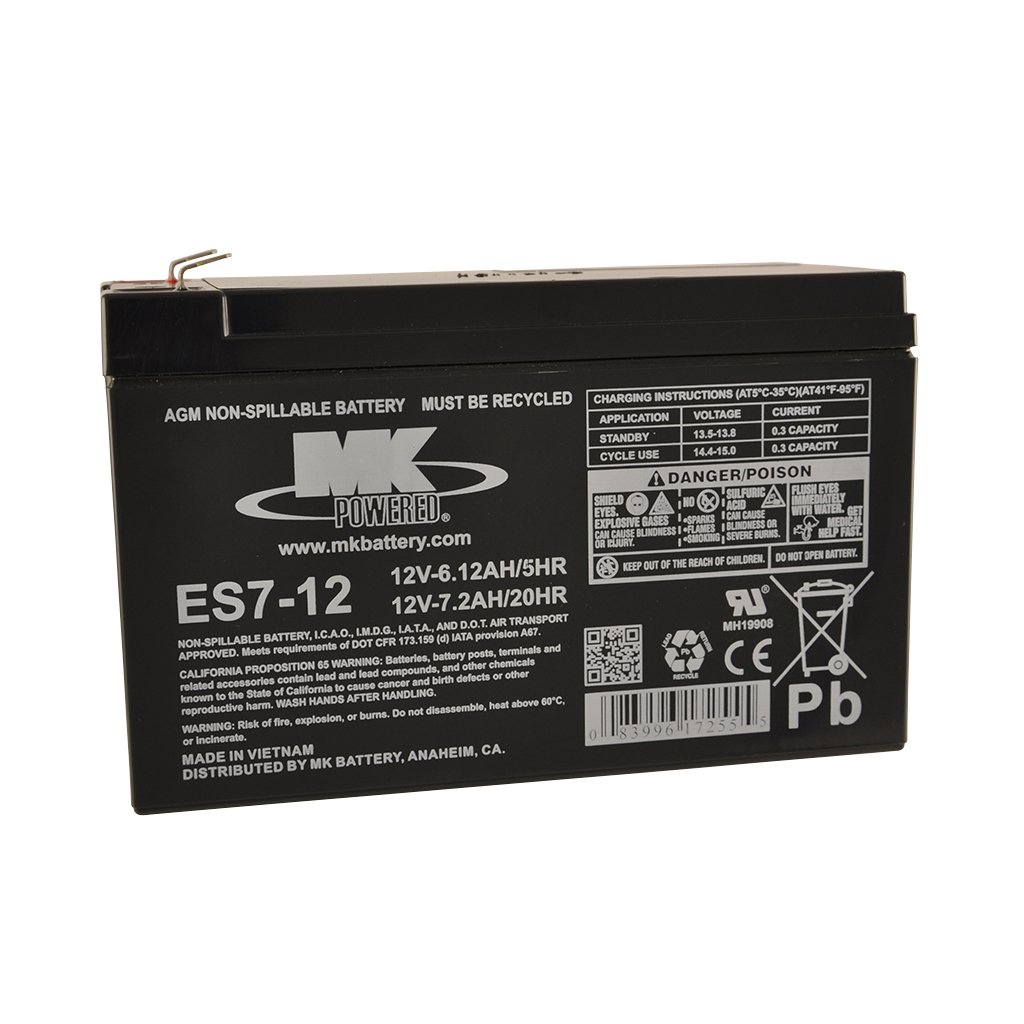Overview:
With over 25 years of experience in the Stairlift and Mobility Industry, we at Ability Assist can confidently say that we’ve come across most makes and models out there, and have witnessed first hand the changes in ways of supplying power to a stairlift.
Going back a few years, the majority of stairlifts were powered by mains electricity, 230 Volts Alternating Current – your standard UK mains electricity. This did bring a few issues, read on below to find out more.
Nowadays, all Stairlifts operate on batteries, leading to various benefits over their older, mains powered, counterparts. Read on below to find out more.
Mains Powered Stairlifts – The Old Method
As mentioned briefly above, the older stairlifts were powered by mains power, 230V AC. They were generally very reliable, but had a few pretty major downsides.
Power cuts:
Whenever there was a power cut / power outage at the property, the stairlift lost all forms of power, resulting in the customer being unable to move up or down stairs until power had returned.
Engineer and Customer Safety:
Being mains powered, this meant that all wiring inside these Stairlifts were 230V AC, which carried a nice shock if any mistakes were done during testing and maintenance. The move away from being mains powered ensured higher levels of safety for both the customer, and any service engineers.
Battery Powered Stairlifts – The Latest Method of Power
All New Stairlifts nowadays operate off battery power, and are subsequently charged and “topped up” by a charger that would be powered by Mains electricity, often off a simple 3 pin plug here in the UK. This carries 2 major benefits compared to the older method of Mains Power 230V AC.

Power Cuts:
Being Battery Powered, all new Stairlifts will keep working for a period of time, even in the absence of 230V AC Mains Power. They will give you an audible warning that they are off charge, brilliant for when someone unplugs the lift to do the hoovering! Obviously these batteries have a limited lifespan once off charge, however will comfortably do a few journeys up and down the stairs if required.
Safety:
Being powered by batteries meant that working on these pieces of equipment are now safer than ever. Majority of lifts operating off 24V DC, with come circuits operating on a much lower voltage again, this was a huge leap forward when it came do engineer and customer safety.
You’re probably now wondering how long do Stairlift Batteries last?
We would normally say around 3 to 5 years, however we have seen some fail in much less time, and some last a whole lot longer also. There are so many factors involved.
What type of Batteries are inside my Stairlift?
The majority of lifts nowadays operate on 12V Lead Acid Batteries, often 2 Batteries, wired in series giving an overall voltage of 24V DC. Lead Acid batteries are tried and tested in the Stairlift and Mobility industry, they’re reliable, offer good battery lift, steady and predictable performance, and are easy to source plus affordable to replace when they fail.
A few models out there have used other battery cell types, including NiCd, and Li-ion. They offer a similar level of performance and reliability, however the major downside with these batteries is the cost to replace, often amounting to many hundreds of pounds instead of tens of pounds. Lead Acid batteries do still seem to be leading the way when it comes to Stairlift power supply.
